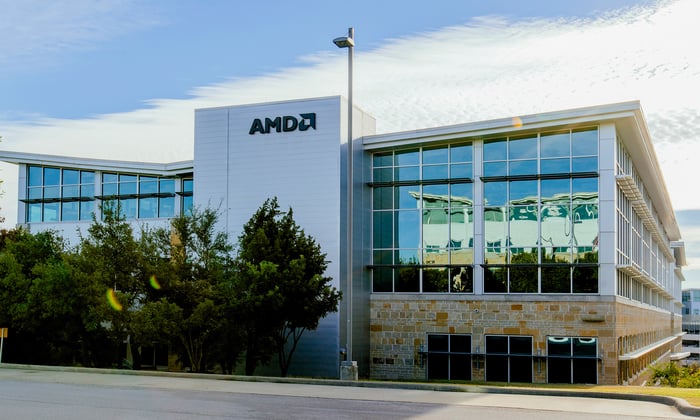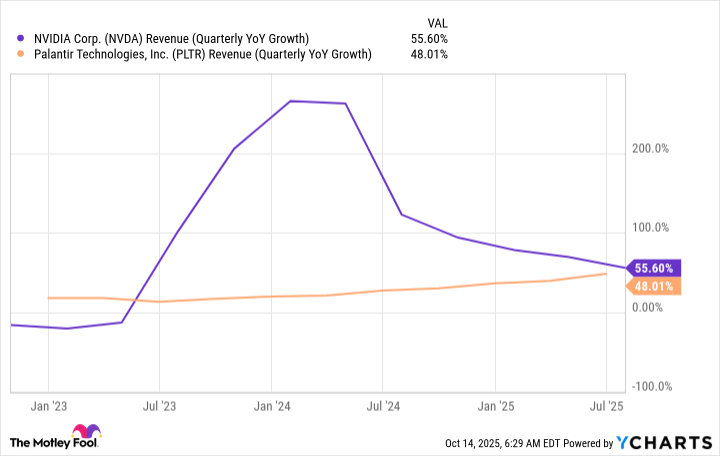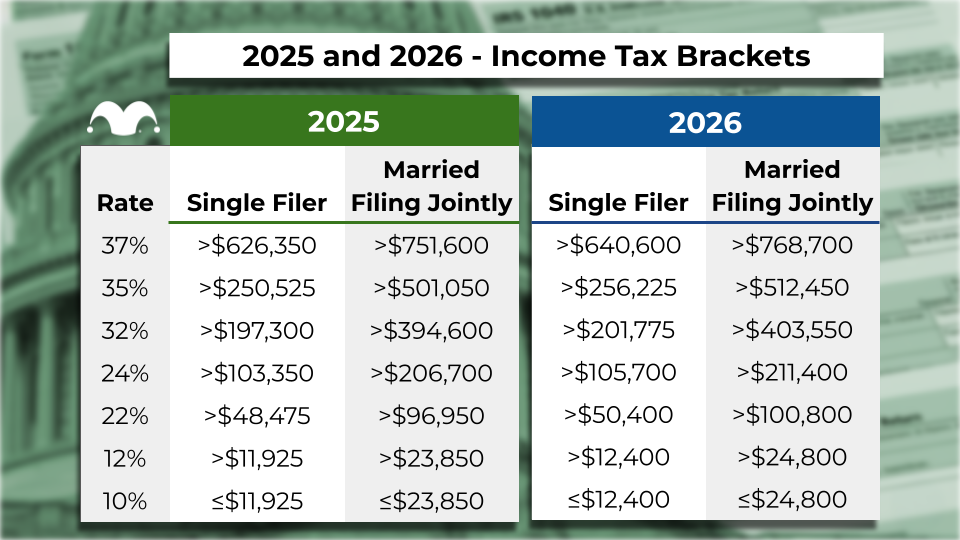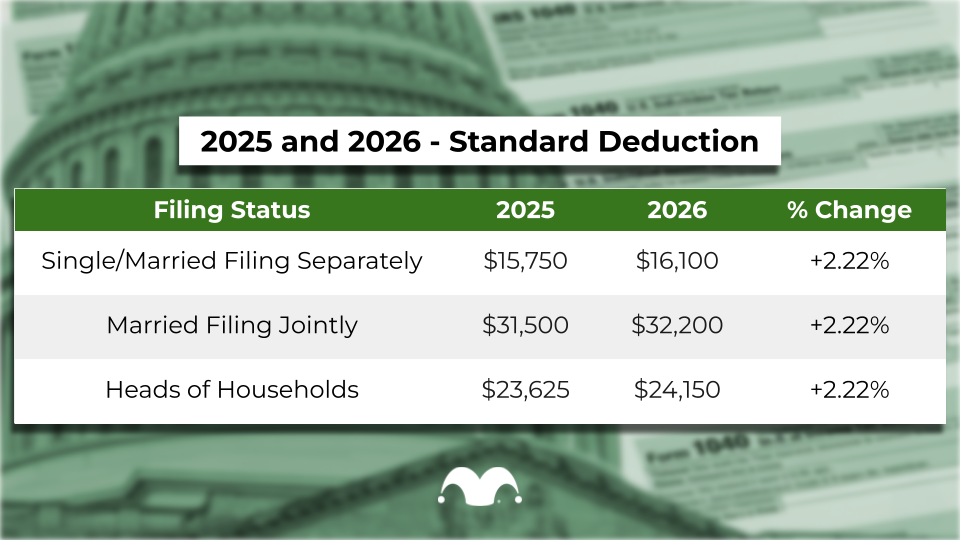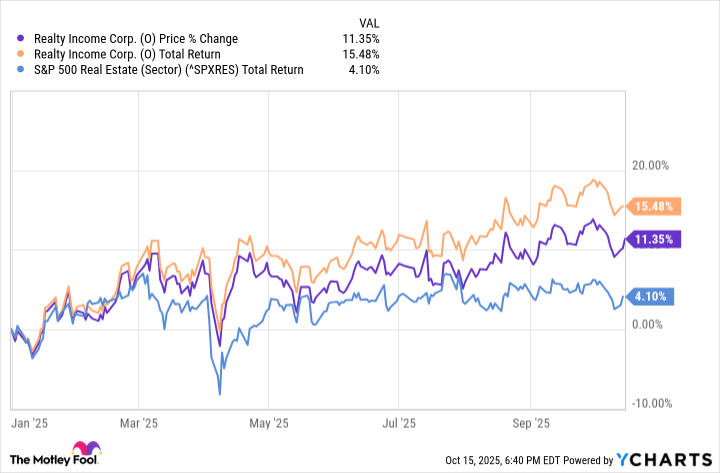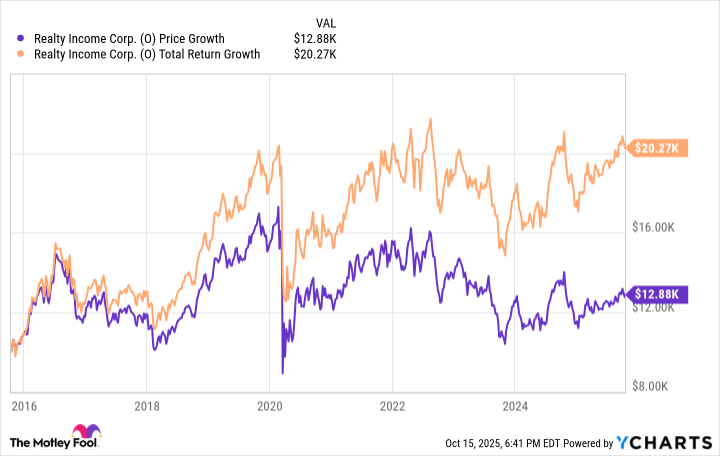Social Security was never meant to make up the entirety of anyone’s retirement income. The fact is, however, some people are collecting surprisingly big checks. This year’s maximum-possible monthly payment is $5,108, or $61,296 per year. That’s almost as much as the median salary U.S. workers are currently taking home, according to data from the Bureau of Labor Statistics.
How did they do it, and what will it take for you to do it as well? Here’s how to get the very most you can out of the government-managed entitlement program.

Image source: Getty Images.
1. A minimum of 35 years’ worth of work-based taxable income
There are three components to your future Social Security benefits. One of them the sheer number of years you earned taxable income as an employee. You’ll need to work for at least 35 years to maximize your payments.
See, when calculating your monthly benefit, the Social Security Administration looks at your inflation-adjusted income in your 35 highest-earning years. You don’t have to work a full 35 years to claim benefits, to be clear. It’s just that for any year less than 35 that you don’t earn any reported income, the program fills in those blanks with a value of $0, dragging down your annual average.
Conversely, working more than 35 years won’t necessarily help, since you only get credit for your best 35. There may still be an upside to working more than 35 years though. If you didn’t earn a great deal of money in some of them but are making good money now, you’ll be replacing some of those lower-earning years with higher-earning ones, raising your overall average of your top 35.
2. Strong earnings for at least 35 of those years
It’s not just a matter of making good money for a minimum of 35 years though. You must earn well above average earnings for that length of time, reaching or eclipsing Social Security’s taxable income threshold in each of those.
And these thresholds are pretty high. This year, for instance, the program doesn’t stop increasing your FICA tax liability until you reach earnings of $176,100. Here’s the minimum amount of taxable wages you would have needed to earn each and every year going all the way back to 1986 to max out your future benefits payments.
| Year | Taxable Income | Year | Taxable Income |
|---|---|---|---|
| 1986 | $42,000 | 2006 | $94,200 |
| 1987 | $43,800 | 2007 | $97,500 |
| 1988 | $45,000 | 2008 | $102,000 |
| 1989 | $48,000 | 2009 | $106,800 |
| 1990 | $51,300 | 2010 | $106,800 |
| 1991 | $53,400 | 2011 | $106,800 |
| 1992 | $55,500 | 2012 | $110,100 |
| 1993 | $57,600 | 2013 | $113,700 |
| 1994 | $60,600 | 2014 | $117,000 |
| 1995 | $61,200 | 2015 | $118,500 |
| 1996 | $62,700 | 2016 | $118,500 |
| 1997 | $65,400 | 2017 | $127,200 |
| 1998 | $68,400 | 2018 | $128,400 |
| 1999 | $72,600 | 2019 | $132,900 |
| 2000 | $76,200 | 2020 | $137,700 |
| 2001 | $80,400 | 2021 | $142,000 |
| 2002 | $84,900 | 2022 | $147,000 |
| 2003 | $87,000 | 2023 | $160.200 |
| 2004 | $87,900 | 2024 | $168,600 |
| 2005 | $90,000 | 2025 | $176,100 |
To be clear, although you pay into Social Security’s pool of funds via taxes on wages up to these amounts, you don’t pay additional FICA taxes above and beyond these amounts (although you do pay ever-rising income tax the more money you make, since tax rates rise the more you earn). The program stops taxing you beyond these levels because it wouldn’t offer you any additional benefit in return. Again, the absolute ceiling is $5,108 per month.
3. Waiting until you turn 70 to claim benefits
Finally, although you can initiate your Social Security retirement benefits as soon as you turn 62, doing so would dramatically reduce the size of your check by as much as 30% of your intended benefit at their full retirement age, depending on when you were born. Even claiming benefits at your official full retirement age, however, still wouldn’t get you to the maximum-possible benefit. To secure the maximum amount of $5,108, you must until you reach the age of 70 to begin your Social Security payments. That will improve the size of most people’s payments by 24% (if not more) above their payment if claiming at their full retirement age.
Just know that there’s no point in waiting any longer than this to file, since Social Security stops adding credit for delaying your benefits beyond the age of 70. In fact, there’s good reason to claim pretty soon after you reach this point. The Social Security Administration will back pay you some of what it owes you if you don’t file right away. But it will only give you a maximum of six months’ worth of back pay, no matter how long after you turn 70 you claim your retirement benefits.
Prioritize what you can control
You know there’s no way you’re going to qualify for this amount? That’s OK. Most people don’t. Fewer than 20% of recipients see monthly checks of more than $3,000, in fact.
Don’t let that discourage you though. Even modest wage-earners can put themselves in a far better financial situation with their own savings than they’d ever be able to achieve with Social Security. Most calculations of Social Security contributions’ effective rate of return only put the figure in the mid-single-digits, versus the stock market’s average annual gain of around 10%.
Besides, Social Security was never meant to be anyone’s sole source of retirement income anyway. Do what you reasonably can to max it out, but mostly stay focused on maximizing the growth of your own personal retirement nest egg.









